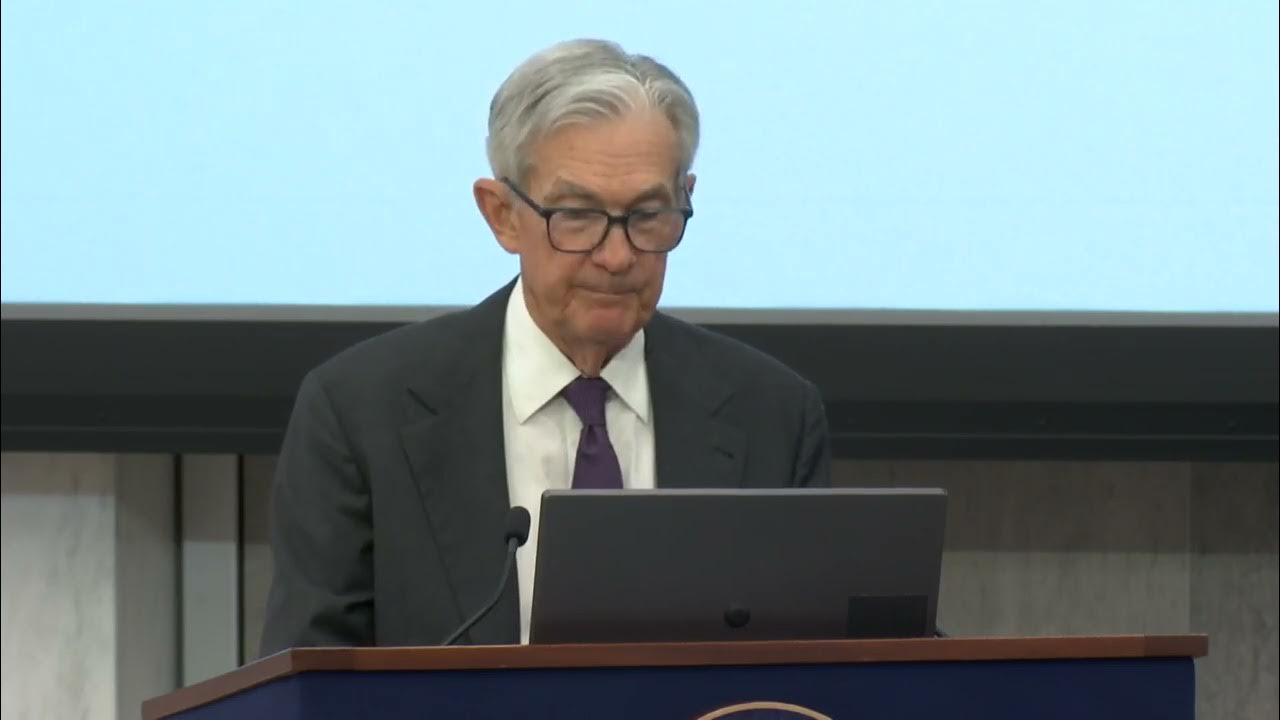Counter Cyclical Capital Buffer
Summary
TLDRThe video explains the concept of counter-cyclical capital buffers in banking, which are designed to protect banks during economic downturns by saving capital during boom periods. It covers the dynamics of business cycles, including depression, recovery, and boom phases, highlighting the importance of capital reserves. The script also discusses the implementation of Basel III norms in India, which aims to strengthen financial stability. However, due to current economic challenges, particularly the impact of the pandemic, India has postponed the full implementation of these norms for a year, delaying the activation of counter-cyclical buffers.
Takeaways
- 😀 The transcript discusses the concept of 'counter-cyclical capital buffers' and its importance in managing business cycles.
- 😀 Counter-cyclical capital buffers are used to mitigate the negative effects of recessions and depressions on the economy.
- 😀 During times of economic depression, both governments and the public struggle with limited funds, while banks are often unable to provide support.
- 😀 A counter-cyclical capital buffer allows for the creation of a reserve fund to assist in times of economic downturn.
- 😀 The purpose of this reserve fund is to maintain stability and provide assistance during financial crises, especially during times of high unemployment and inflation.
- 😀 The reserve is built during times of economic growth when capital is abundant, so it can be drawn upon during recessions.
- 😀 The Reserve Bank of India (RBI) has postponed the implementation of Basel III norms, which includes the implementation of counter-cyclical capital buffers.
- 😀 The postponement of these norms is due to concerns about the economic environment and the challenges that banks might face in implementing such measures.
- 😀 India is in the process of implementing Basel III norms, but the timeline for full implementation has been delayed.
- 😀 The key point is that counter-cyclical capital buffers are crucial for ensuring that banks are financially prepared for recessions, but their timely implementation is difficult due to ongoing economic challenges.
Q & A
What is counter-cyclical capital?
-Counter-cyclical capital refers to a reserve fund created during periods of economic boom, which can be used during economic downturns or recessions. It helps mitigate the negative effects of business cycles by providing financial support when the economy is struggling.
Why was RBI's web portal information postponed?
-The RBI postponed the implementation of the counter-cyclical capital buffer, as it faced challenges due to the economic conditions. The decision to delay was made to avoid further strain on the financial system, especially during uncertain times.
What is the significance of business cycles in economics?
-Business cycles represent the fluctuations in economic activity, which include periods of growth (boom), followed by contraction (recession or depression). Understanding business cycles is crucial for economic policy and planning, as different strategies are required for different phases of the cycle.
What happens during a recession according to the transcript?
-During a recession, economic activity slows down, leading to higher unemployment, lower public spending, and banks experiencing liquidity issues. Governments and banks struggle to provide financial support, and businesses face difficulties in sustaining operations.
What is the role of counter-cyclical capital during a recession?
-Counter-cyclical capital serves as a reserve to be used during recessions or periods of economic downturn. It helps banks and governments provide financial support to businesses and individuals, thus cushioning the negative effects of the downturn.
Why is the counter-cyclical capital buffer being postponed in India?
-The implementation of the counter-cyclical capital buffer in India is being postponed due to current economic challenges, such as the aftermath of the pandemic and other financial instability issues. The Reserve Bank of India decided to delay its introduction for at least one more year.
How does counter-cyclical capital relate to the Basel III norms?
-Counter-cyclical capital is part of the Basel III regulations, which aim to strengthen the banking system by ensuring that banks maintain sufficient capital reserves during times of economic growth. These reserves can be used during downturns to stabilize the economy.
What is the purpose of the capital buffer in business cycles?
-The capital buffer is designed to provide financial security during times of economic instability, ensuring that banks have enough resources to continue operations and support economic recovery when the business cycle moves into a recession.
What does the postponement of counter-cyclical capital imply for the Indian banking sector?
-The postponement of the counter-cyclical capital buffer means that banks in India will have to continue managing risks without the additional safety net of the capital reserve. This could lead to challenges in providing financial support during economic downturns.
What are the expected benefits of counter-cyclical capital once implemented?
-Once implemented, counter-cyclical capital is expected to reduce the vulnerability of the banking sector during recessions by providing a financial cushion. This would help stabilize the economy by ensuring that banks can continue to lend and support businesses even in challenging times.
Outlines

This section is available to paid users only. Please upgrade to access this part.
Upgrade NowMindmap

This section is available to paid users only. Please upgrade to access this part.
Upgrade NowKeywords

This section is available to paid users only. Please upgrade to access this part.
Upgrade NowHighlights

This section is available to paid users only. Please upgrade to access this part.
Upgrade NowTranscripts

This section is available to paid users only. Please upgrade to access this part.
Upgrade NowBrowse More Related Video
5.0 / 5 (0 votes)





